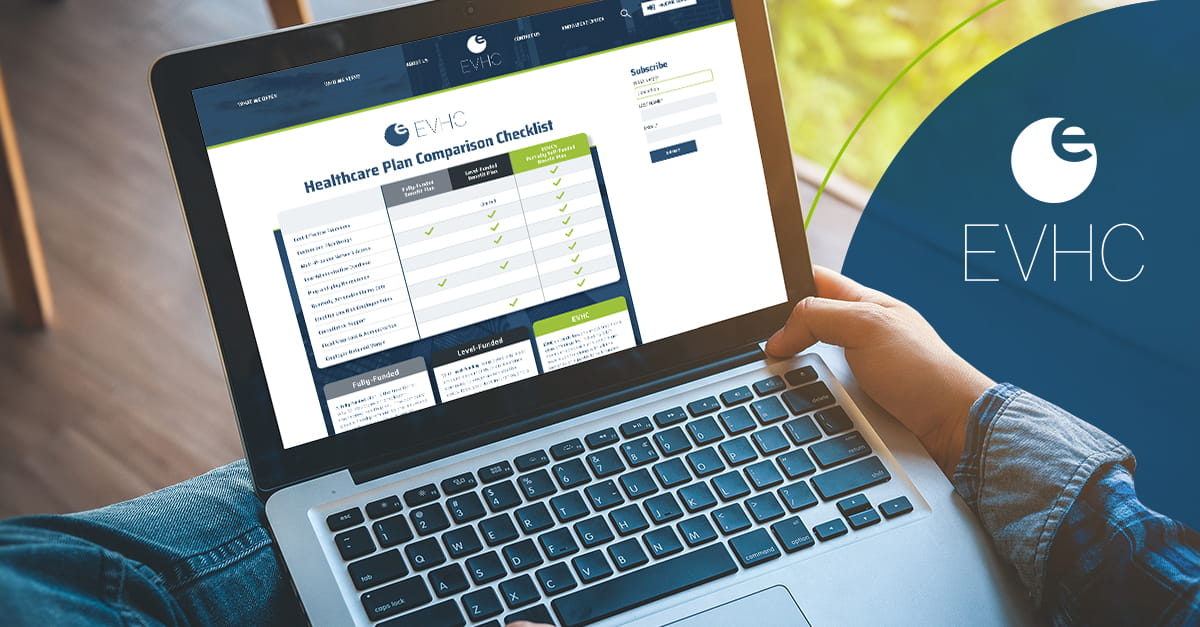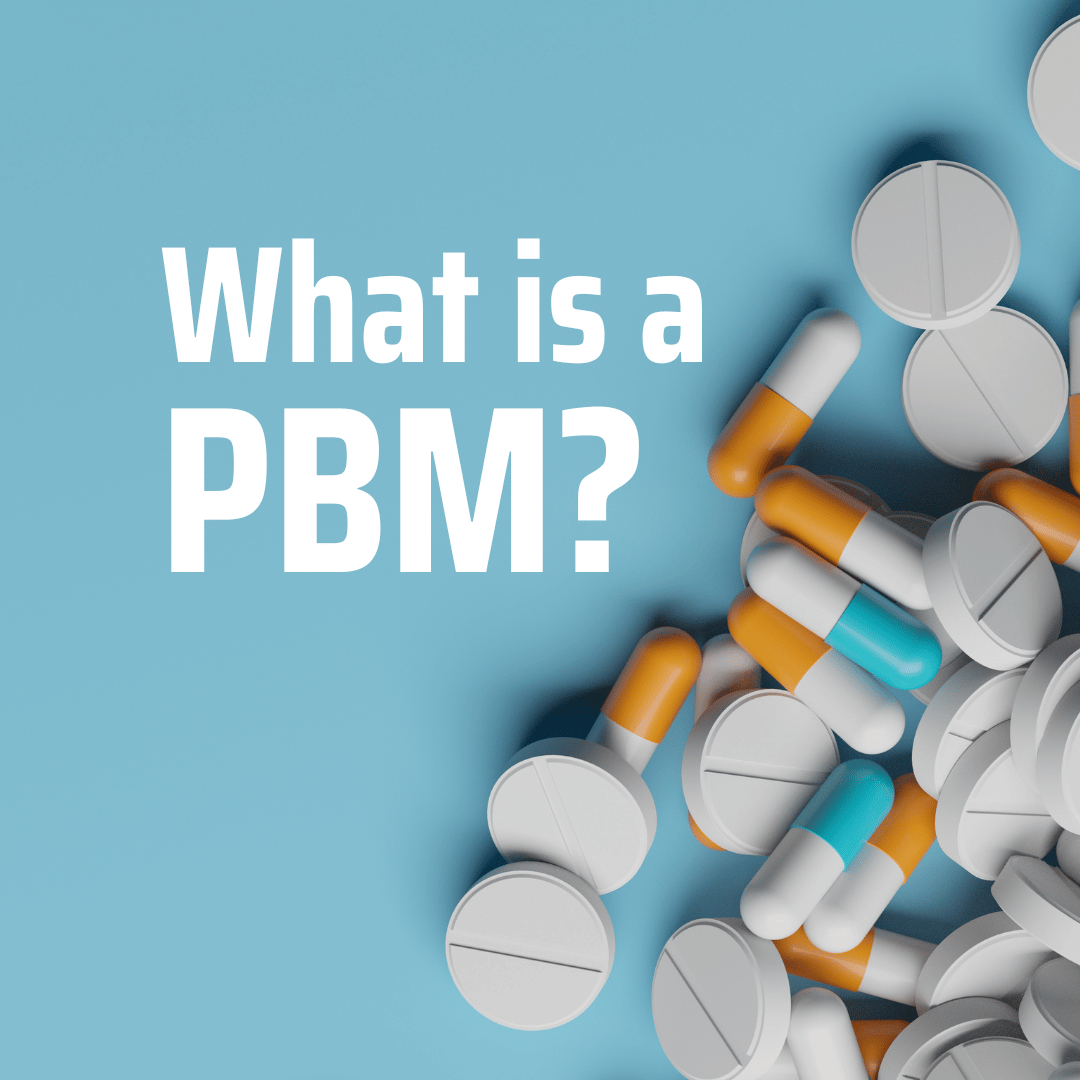.png?h=650&w=1200&la=en&hash=F56D339CC09A975775EF62696407BA1A)
Imagine having the power to tailor your healthcare plan to fit your company's unique needs rather than being at the mercy of annual premium hikes and restrictive coverage options. This is the reality for a growing number of employers who are embracing self-funding as a way to take control of their healthcare costs and benefits.
According to a recent study published in Health Affairs, the share of employer-sponsored health insurance enrollment in self-funded plans grew from 55% in 2015 to 60% in 2021. This increase was particularly significant in states with initially low self-funding rates but was widespread across most states (88% saw growth) and counties (78.2% saw growth). Additionally, there were substantial differences in plan types between the self-funded and fully insured markets, highlighting self-funding's tailored and strategic nature.
Understanding the Shift to Self-Funding
Self-funding is no longer just for Fortune 500 companies. Many small to medium-sized employers, particularly those insuring over 200 lives, are recognizing the strategic advantages of self-funded plans. In 2023, the percentage of covered workers in self-funded plans has grown significantly. According to the 2023 KFF Employer Health Benefits Survey, 65% of covered workers are now enrolled in self-funded plans. This includes 18% of workers at small firms and 83% at large firms.
Historically, large organizations have strategically chosen self-funded plans because they offer better deals for the companies and their employees, allowing them to leverage their size to negotiate lower prices and manage healthcare expenses more effectively. Today, this forward-thinking approach is increasingly being adopted by smaller businesses, enabling them to transform perceived risks into well-strategized opportunities. The primary allure of self-funding lies in the flexibility and control it offers. Employers collect premiums and bear the responsibility for paying claims, allowing them to design tailored health benefits that meet the specific needs of their workforce. However, this model also carries inherent risks, as employers must navigate the complexities of healthcare markets and possess the necessary market power to negotiate favorable terms.
Own Your Plan with EVHC
At EVHC, we empower small and medium-sized businesses to take control of their healthcare plans, just as larger organizations have been doing for years. With the right partner to guide you, self-funding transforms perceived risks into well-strategized opportunities. Our approach at EVHC ensures that your employees receive tailored, effective healthcare coverage while you make informed decisions that lead to sustainable growth. It’s not just about insurance; it’s about taking control and securing a successful future for your business.
Why Small and Medium-Sized Businesses Should Consider Self-Funding with EVHC:
The rise of self-funding reflects the shifting dynamics in the insurance industry, with more small and medium-sized employers recognizing the benefits of taking control of their healthcare plans. At EVHC, our expertise and strategic approach help you turn potential risks into opportunities, creating sustainable and successful healthcare plans for your employees. If you’re ready to take control of your healthcare benefits, EVHC is here to guide you every step of the way.


